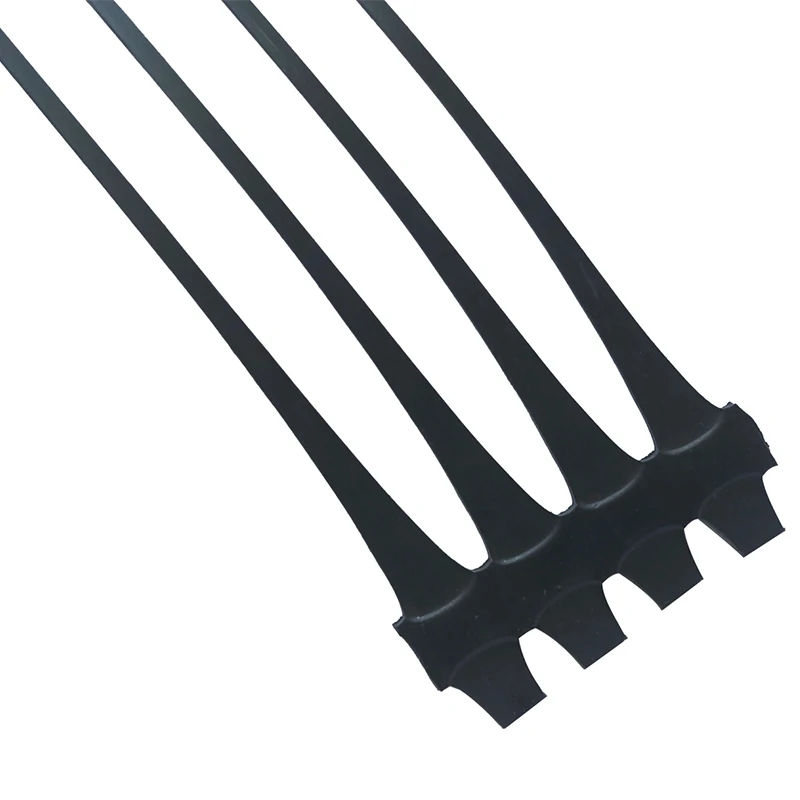+86-159 9860 6917
info@geofantex.com
geofantex@gmail.com
+86-400-8266163-44899
When it comes to enhancing the durability and functionality of driveways, selecting the best driveway grid system is crucial. Among various solutions, geogrids have emerged as a prominent option due to their strength, reliability, and cost-effectiveness. This article delves into the science behind geogrid technology and explores its suitability for driveways through key questions homeowners and builders often ask.
Is Geogrid Good for Driveways?
Absolutely! Geogrids are exceptionally beneficial for driveways, particularly in areas subjected to heavy traffic or under harsh environmental conditions. Designed to distribute loads evenly, geogrids can help provide base reinforcement to a gravel driveway while reducing the amount of aggregate required, preventing common issues like rutting and sinking. By integrating a geogrid layer, the driveway surface is stabilized, which enhances its load-bearing capacity and extends its lifespan. Moreover, geogrids can be used with various types of surface materials, including gravel, sand, and asphalt, making them a versatile choice for any driveway project.

Do Driveway Grids Work?
Yes, driveway grids, particularly those made from geogrid materials, work effectively to reinforce the driveway surface. They provide a firm foundation that helps maintain the aesthetic and structural integrity of the driveway. The grids lock in aggregate or paving materials, minimizing displacement and erosion caused by vehicle movements and natural elements. They provide greater stability, avoid rutting and unevenness over time, and the circular cells hold the gravel in place. This containment ensures a smoother, more stable surface that requires less maintenance over time, thereby proving the functionality of driveway grids.
How Many Layers of Geogrid Do I Need?
The number of geogrid layers required for a driveway depends on several factors, including the soil type, expected traffic load, and the overall design of the driveway. Typically, one to two layers of geogrid are sufficient for residential driveways. However, for areas experiencing heavier loads or with poorer soil conditions, additional layers may be necessary to ensure adequate stabilization and load distribution. In some cases, installing geogrid at every second block layer can optimize stability without overbuilding. Consulting with a geotechnical engineer can provide a tailored recommendation based on the specific conditions of your driveway project.
What is the Difference Between Geogrid and Geocells?
While both geogrid and geocells are used for ground stabilization, they differ significantly in design and function. Geogrids consist of a network of connected ribs that help reinforce the soil by providing tensile support. Geocells, on the other hand, are three-dimensional honeycomb-like structures that confine and stabilize soils. Geocells are often more suited for steeper slopes or higher vertical loads, and they excel on soft subgrades where more extensive confinement is necessary, compared to geogrids, which are typically used for flat or moderately sloped surfaces. The choice between geogrid and geocells will depend on the specific engineering requirements and environmental conditions of the site.
Choosing the best driveway grid system can significantly affect the longevity and effectiveness of your driveway. Geogrids, with their robust load distribution and soil stabilization capabilities, offer a superior solution for creating durable and reliable driveways. They are adaptable to various ground conditions and compatible with multiple surfacing materials, making them an excellent choice for both new constructions and renovations. Whether you are dealing with heavy traffic loads or challenging soil types, geogrids provide a proven, efficient solution for your driveway needs.



Get Free Sample
We’ll respond as soon as possible(within 12 hours)






















